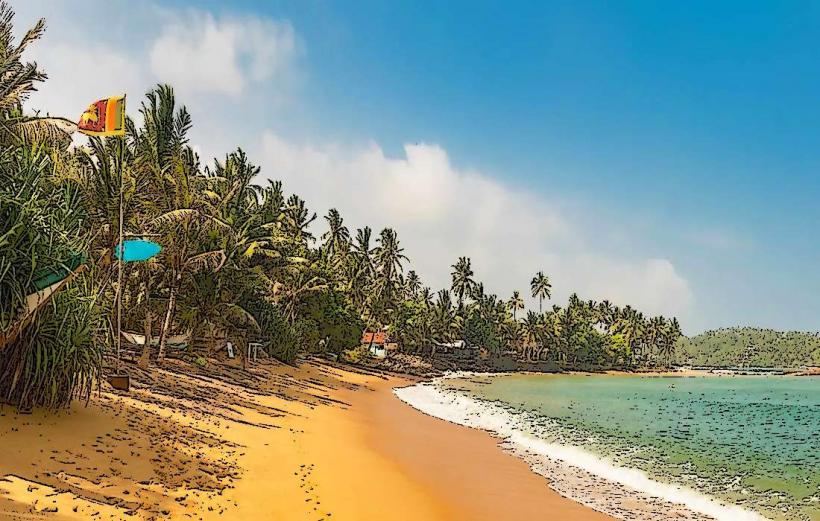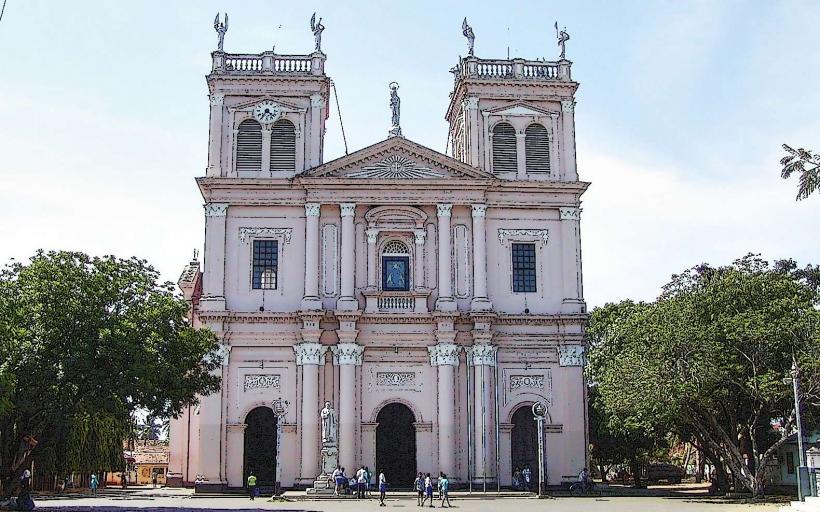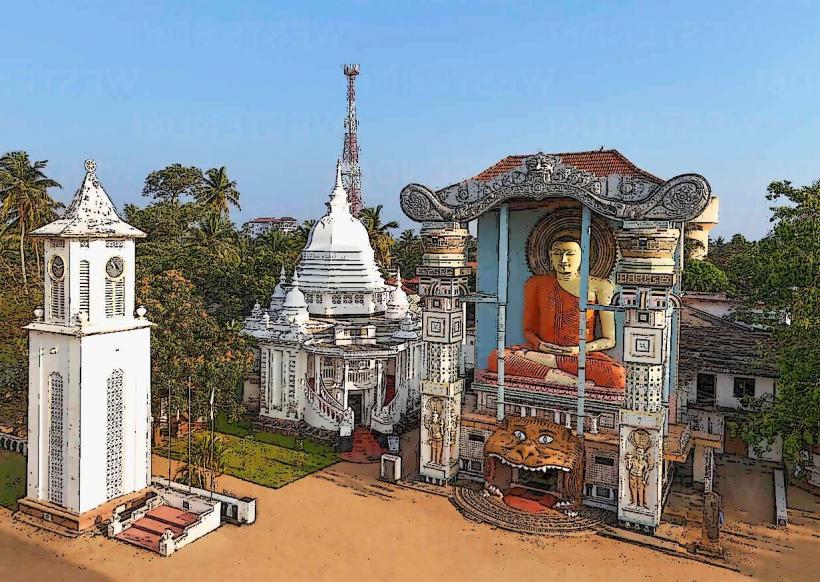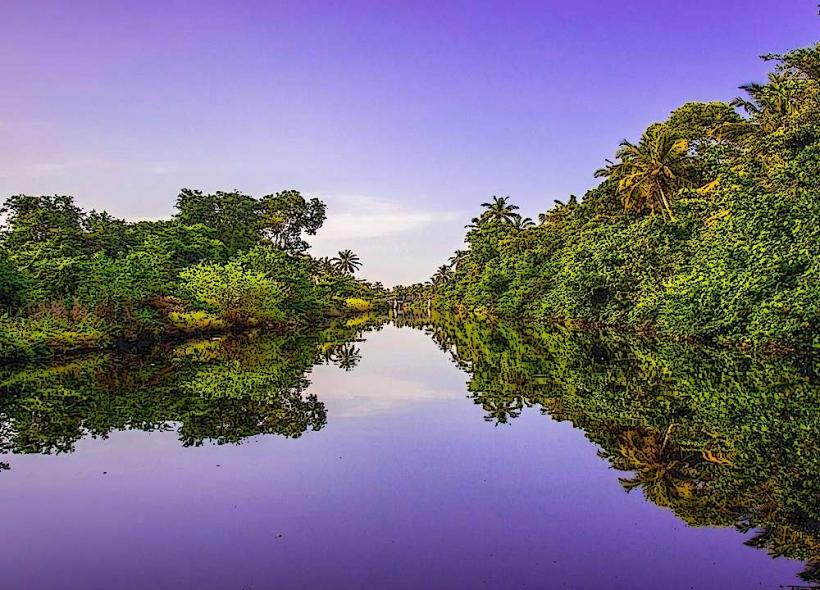Information
Landmark: Dutch FortCity: Negombo
Country: Sri Lanka
Continent: Asia
The Dutch Fort in Negombo, Sri Lanka, is a small but historically significant structure that stands as a reminder of the island's colonial past. Originally built by the Portuguese in the 16th century and later expanded by the Dutch in 1672, it played a crucial role in securing Negombo as a key port during colonial rule. While much of the fort has been lost to time, the remaining sections and its historical legacy attract visitors interested in the region's colonial history.
1. Overview
- Location: Negombo, Western Province, Sri Lanka, near the Dutch Canal and the lagoon.
- Built By: Initially by the Portuguese (circa 1500s), later fortified by the Dutch in 1672.
- Primary Use: A military fortification and administrative center.
- Current Use: Houses the Negombo District Court.
2. Historical Significance
- Portuguese Era (1500s): The fort was originally constructed by the Portuguese as a simple defense structure to protect the lucrative cinnamon trade in Negombo.
- Dutch Expansion (1672): After the Dutch seized control from the Portuguese, they expanded and fortified the structure to strengthen their dominance over Negombo's harbor and trade routes.
- British Period (1796): When the British took over the island, the fort’s military significance diminished, and it was repurposed for administrative use.
3. Architectural Features
- Moat: The Dutch Fort originally featured a moat, parts of which are still visible today.
- Main Entrance: The fort’s entrance features Dutch colonial architecture with a preserved archway.
- Small in Scale: Unlike larger forts in Galle or Colombo, the Negombo Dutch Fort was modest in size and simpler in design.
- Ruins: Much of the original fort was dismantled during the British period, and only fragments, such as walls and the entrance, remain.
4. Current State
- Today, the Negombo District Court operates within the premises, and access to certain parts of the fort is restricted.
- The remnants of the fort, including the gate and parts of the walls, can still be explored by visitors.
- The area around the fort is bustling with activity, being close to the Negombo Lagoon and Dutch Canal.
5. Things to Do
- Explore the Architecture: Admire the remnants of the fort, including its entrance and moat, and envision its colonial past.
- Visit the Dutch Canal: The canal, built by the Dutch for transport and trade, is nearby and offers scenic boat rides.
- Learn About History: Guided tours or informational plaques (if available) provide insight into the colonial history of Negombo.
- Photography: The fort and its surroundings make for great photo opportunities, especially with the lagoon and canal nearby.
6. Nearby Attractions
- St. Mary’s Church: A grand Catholic church showcasing Negombo's colonial and religious heritage.
- Negombo Lagoon: A serene spot for boating and exploring local biodiversity.
- Angurukaramulla Temple: A vibrant Buddhist temple with murals and a massive Buddha statue.
- Negombo Beach: A lively beach area, perfect for relaxing after exploring the fort.
7. How to Get There
- From Negombo City Center: The fort is centrally located in Negombo and easily accessible by tuk-tuk, car, or on foot.
- From Colombo: About 37 kilometers from Colombo, reachable by train, bus, or private transport.
8. Tips for Visitors
- Respect Restrictions: Since the fort is partially used as a courthouse, access may be limited to specific areas.
- Visit Early: Mornings are ideal to explore the site before it gets too hot.
- Combine with Nearby Sites: Plan your visit to include other nearby attractions like the Dutch Canal and Negombo Lagoon.
9. Conclusion
The Dutch Fort in Negombo, though small and partially in ruins, is a fascinating landmark that reflects the town's colonial past. Its proximity to other historical and natural attractions makes it a worthwhile stop for history enthusiasts and curious travelers. Exploring the fort offers a glimpse into the strategic importance of Negombo during Sri Lanka's colonial era, adding depth to your visit to this vibrant coastal town.





